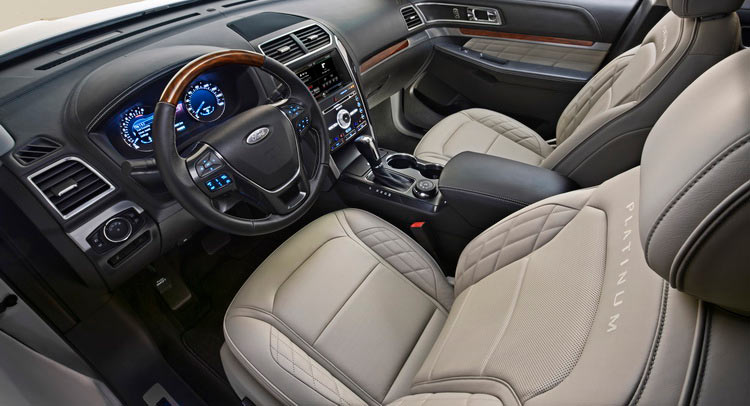According to Ford, thanks to the extremely comfortable front seats you’ll find throughout their range, the figurative best “seats in the house” should always be those in your own car.
Before we call them on this for being nothing more than a marketing scheme, let’s sit back (pun intended) and think about this for a minute. Considering how much we know about seating ergonomics and the technology we have today, it’s only natural for car seats to be more comfortable than your everyday living room chair or sofa.
While those items can get custom made, generally speaking they won’t match your car’s front seats any time soon in terms of adjustability.
Besides, getting your lower back, your shoulders and your legs to feel great when sitting down is a job only for some of the best car seats in the industry – which also have to offer the driver sufficient overall support on long journeys and not just short stints.
Ford say that nearly 90% of their models in North America use a common front seat architecture, first introduced with the 2013 Escape and Fusion, though most recently applied to the 2016 Explorer – with the Platinum edition featuring 10-way adjustable seats.
These seats are multi-adjustable and feature thigh extensions and lumbar support, helping reduce muscle fatigue and promote blood flow on long journeys. The seats can also provide a subtle massage for thighs and lower back when needed.
“There was skepticism as to whether building a seat structure to fit all vehicle sizes could be done,” said Ford’s Johnathan Line, an expert in advanced seats innovation. “The trick was to turn our focus away from the vehicles, and concentrate instead on our customers.”
In order to engineer this architecture, Ford focused on items such as ‘H-points’ and “hip-to-heel” dimensions, meant to better cradle passengers at the hip and to prevent sliding while driving. The side bolsters and seat cushions improve the driver’s range of movement, but that’s just part of the end-result.
What’s more interesting is how Ford went about designing the structure of the seats, specifically what lies beneath the leather or cloth covers and foam padding. Ford designed the seat skeleton while taking cues from both the office furniture industry as well as the first-class air travel industry.
On top of that, these seats also come with a “plug-and-play” design, which indeed is something that sets Ford apart from other car manufacturers.
The plug-and-play seats can manage more than 30 configurations while showcasing more than 20 comfort and convenience features such as inflatable lumbar, bolster and massage bladders, two-way adjustable lumbar support, heating and cooling, upper back tilt, cushion extensions, integrated cushion suspension, upper back bolsters and independent thigh supports.
Since the debut of the common seat architecture, the number of seat systems in Ford’s North American vehicle line-up has shrunk from 26 to just 4. This means that the structure is currently being used on nearly 90% of the company’s vehicles – targeting up to 4 million vehicles by the year 2016.
Note: Pictured below is the 2016 Ford Explorer Platinum Edition and its 10-way adjustable seats which also have massage, heating and cooling functions.




